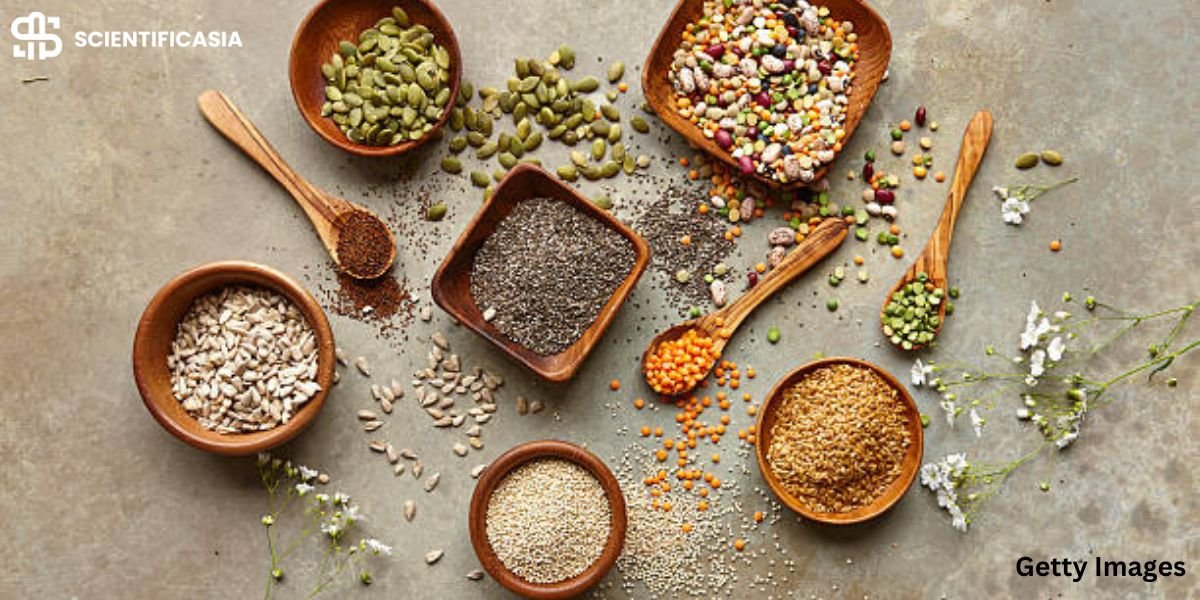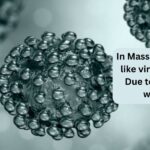Scientific Asia: Are you looking for a new weekly meal plan idea? Try the thick bean salad.
Violet Witchel, a social media artist and culinary student, has gone viral in recent months for publishing recipes for a “dense bean salad,” a healthful and legume-forward meal.
“At the start of her films, Witchel explains that she meal preps a veggie-packed, protein-rich bean salad every week, letting it marinate in the fridge and improve in flavor as the days go by.”
She provides a wide range of dense bean salad dishes, such as hot chipotle chicken salad, sundried tomato salad, grilled steak tzatziki salad, and miso edamame salad. The components vary, but they typically include two types of legumes, a handful of vegetables, a vinegar-based dressing, fresh herbs, and, sometimes, meat-based protein.
What makes these recipes so healthy? Here’s what nutritionists want you to know about beans, the primary ingredient in thick bean salad.
What are legumes?
Witchel’s rich bean salads commonly include chickpeas, cannellini beans, lima beans, and edamame. Other legumes include black beans, pinto beans, lentils, peas, and peanuts.
Legumes are a key part of diets worldwide because they offer an affordable source of protein, vitamins, complex carbs, and fiber, according to the Harvard T.H. Chan School of Public Health. Studies show that eating more legumes, along with fruits, vegetables, whole grains, nuts, and seeds, significantly lowers the risk of heart disease, high blood pressure, stroke, and type 2 diabetes.
“According to registered nutritionist Miranda Galati, legumes are considered one of the best superfoods.”
The combination of components, she continues, makes them “an incredibly nutrient-dense food that will keep you full too.”
Fall ingredients to elevate your protein-packed bean salads.
So how can we maximize the nutrient-dense fall food available this season and “fall-ify” this trend? Gellman suggests incorporating some of the subsequent products into the mixture:
- Roasted winter squash (think: butternut, acorn, delicata)
- Roasted potatoes or sweet potatoes
- Pickled red onions
- Apples
- Pears
- Nuts and seeds, like pumpkin seeds
Tips
She suggests slicing and adding apples and pears just before eating to keep them from oxidizing and turning brown.
To achieve a more complex and flavorful taste, she also suggests toasting nuts and seeds. Nuts and seeds include beneficial fats, fiber, and elements like magnesium and vitamin E. Many people like the texture that these provide to the food as well,” she says.
When the weather cools off, try the chipotle chicken salad dressing from @violet.cooks, which consists of lime juice, olive oil, chipotle, cumin, and mayo.
Swap pasta for beans.
Do you want to cook beans so good you could eat a skillet full of them? Draw some ideas from your go-to pasta dish! Tender legumes are a great vehicle for flavor profiles or quick and simple sauces like cacao e pepe, pesto, or vodka sauce. All you have to do is replace the pasta with beans to have a more protein-dense version of your favorite dish or a simple gluten-free option.
To accomplish this, you don’t need a new recipe. “If the instructions for your favorite pasta recipe call for cooked noodles, you can replace them with beans that have been washed and drained. Then, simply toss the beans with the sauce as you would normally.”
My favorite way to eat the tasty, saucy morsels is with a big slice of sourdough toast, but you could also toss them in a grain bowl, pair them with actual pasta for a whole meal, or just eat them with a spoon or fork.
Healthy Black Bean Brownies
Listen to me! You can find black bean brownie recipes all over social media, and it’s easy to understand why once you try them or watch a video—they always look delicious and gooey. By blending the black beans into the batter instead of using them whole, the brownies boost their protein and fiber content without compromising their flavor.
This is a useful tip if you’re having problems convincing a child to eat a varied diet.
However, beans are more than simply a healthy component in this recipe; they also maintain the brownies’ desirable texture and fudginess. Melissa Ben-Ishay (@bakedbymelissa), the creator of Baked by Melissa and author of cookbooks, has a delicious dish for them. (If brownies aren’t your thing, she also creates a gorgeous-looking chickpea cake.)
Is it advisable to consume beans and legumes daily?
It’s usually acceptable for most people to consume beans and legumes daily.
A 2014 study published in Nature discovered that eating them can help prevent the health issues we talked about earlier and can also assist in treating people who already have those issues.
“There’s a lot of fearmongering on social media about lectins and anti-nutrients in legumes, but the benefits far outweigh these exaggerated risks,” says Galati. Harvard explains that lectins are proteins that bind to carbs, which can make digestion harder and lead to issues like gas, bloating, diarrhea, and stomach discomfort.
Harvard points out that cooking legumes deactivate most lectins. The idea that lectins in legumes cause major health problems is questionable due to the lack of research on their long-term effects on the human body. Most existing studies focus on populations in countries where malnutrition is common, further casting doubt on lectins as the real issue.
Which beans are the healthiest to consume? Use these to increase your daily intake of fiber and protein.
Galati states that if you cook beans instead of eating them raw and your body tolerates them well, it’s generally safe to enjoy them every day.
















